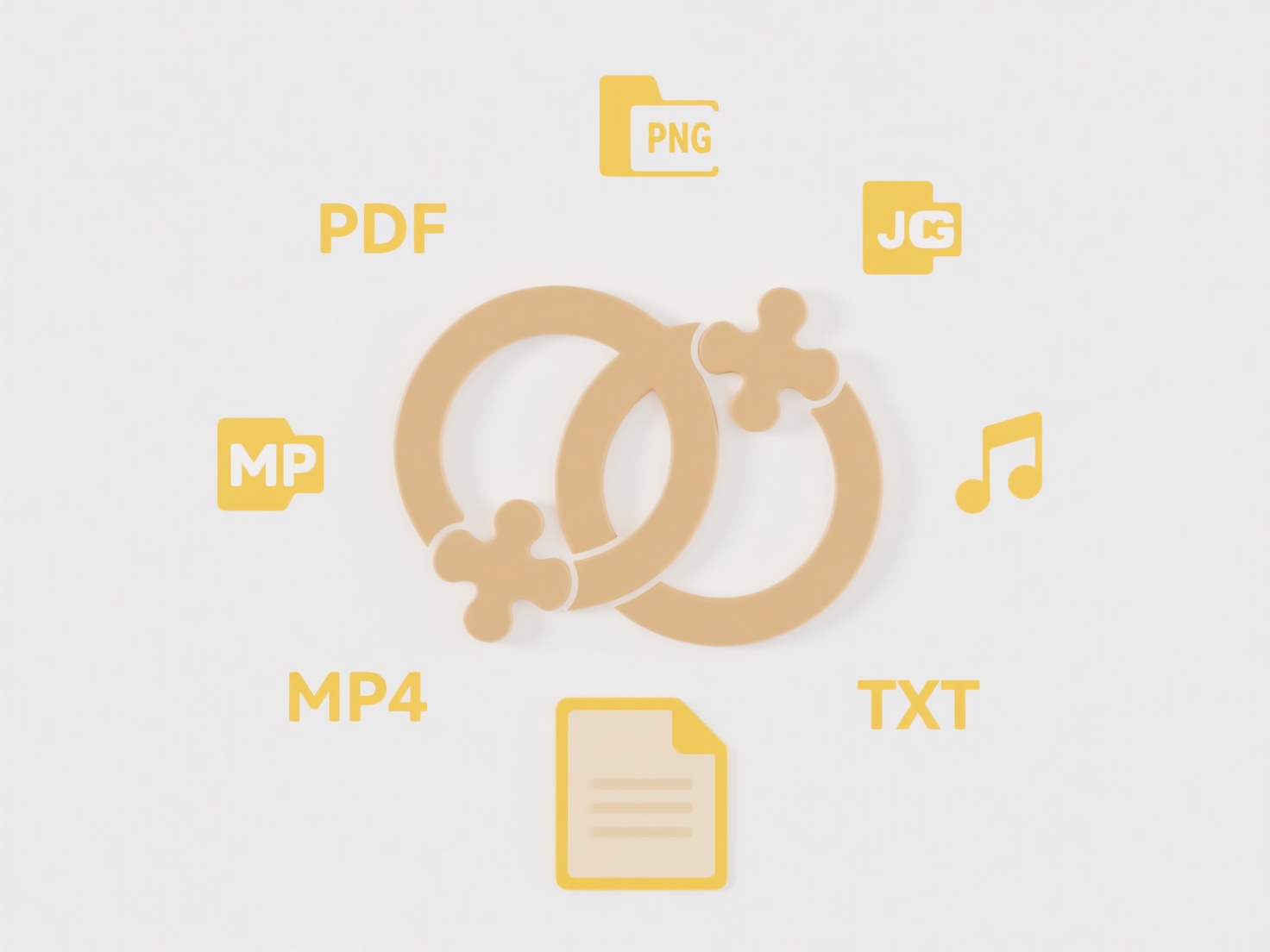
When you attempt to rename a file that's currently opened by another program, the behavior depends primarily on the operating system and the specific program involved. The key concept is that most modern operating systems manage files through a combination of directory entries (which contain the filename and location) and file handles (which represent the open file data itself). Renaming changes the directory entry, not the underlying data the program is actively using via its handle. Crucially, well-behaved programs keep a stable handle to the file's content, independent of its path name.
For example, if you have a crucial spreadsheet open in Microsoft Excel and rename that .xlsx file in File Explorer (Windows) or Finder (macOS), Excel will typically continue saving changes successfully to the original file data, unaffected by the name change. The program operates on the data itself, not the path. However, some media players might appear to lose the file if renamed while playing, simply because they rely on the path to display the current track name or manage the playlist, even though playback continues smoothly.

The primary advantage of this design is stability: active work isn't lost just because a file's name changed elsewhere. A significant limitation is user confusion; the renamed file might not appear updated in the program, and saving could create a new file with the original name if the program doesn't handle the rename gracefully. Potential conflicts can arise if cloud synchronization services (like OneDrive or Dropbox) see the old and potentially new files simultaneously. Future developments focus on better user experience and clearer signaling within applications when underlying files are modified externally.
What happens if I rename a file while it’s open in another program?
When you attempt to rename a file that's currently opened by another program, the behavior depends primarily on the operating system and the specific program involved. The key concept is that most modern operating systems manage files through a combination of directory entries (which contain the filename and location) and file handles (which represent the open file data itself). Renaming changes the directory entry, not the underlying data the program is actively using via its handle. Crucially, well-behaved programs keep a stable handle to the file's content, independent of its path name.
For example, if you have a crucial spreadsheet open in Microsoft Excel and rename that .xlsx file in File Explorer (Windows) or Finder (macOS), Excel will typically continue saving changes successfully to the original file data, unaffected by the name change. The program operates on the data itself, not the path. However, some media players might appear to lose the file if renamed while playing, simply because they rely on the path to display the current track name or manage the playlist, even though playback continues smoothly.

The primary advantage of this design is stability: active work isn't lost just because a file's name changed elsewhere. A significant limitation is user confusion; the renamed file might not appear updated in the program, and saving could create a new file with the original name if the program doesn't handle the rename gracefully. Potential conflicts can arise if cloud synchronization services (like OneDrive or Dropbox) see the old and potentially new files simultaneously. Future developments focus on better user experience and clearer signaling within applications when underlying files are modified externally.
Quick Article Links
How do I use smart folders or saved searches?
A smart folder (also called a saved search) is not a physical folder storing files. Instead, it's a virtual container de...
Can I schedule renaming tasks to run daily or weekly?
Yes, batch file renaming tasks can be scheduled to run automatically on daily or weekly cycles. This process involves de...
How do I configure my OS to recognize new file types?
Operating System (OS) file type recognition involves associating specific file extensions (like .docx or .png) with comp...